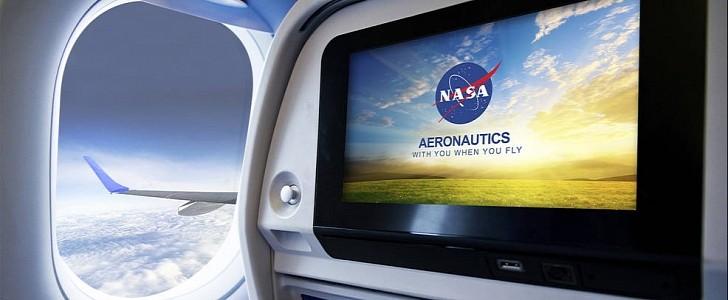Back in October of last year, the American Space Agency, NASA, announced the birth of something called Electric Powertrain Flight Demonstration. EPFD for short, the program has nothing to do with space exploration, but aims to come up with a hybrid-electric propulsion technology that could be used in commercial aviation and help the world shed some more of its fossil fuels dependence.
Back then, NASA teamed up with two companies for the task at hand. GE Aviation is one of them, and it plans to come up with a viable product, at least for testing, by the middle of the decade. A modified Saab 340B aircraft, powered by GE’s CT7-9B turboprop engines, will be used.
The program has an estimated value of $260 million (split between the two projects), and in the case of the Saab, will require more than just the participation of NASA and GE. As usual when such large scale projects are concerned, sub-contractors are aplenty.
The latest to join the EPFD train is BAE Systems, which announced this week it will provide the energy management solutions in the megawatt power class for the plane. These solutions will be integrated with the GE engines, but BAE will also provide “guidance for electric flight certification requirements.”
“GE Aviation is leading the development of hybrid electric technology for commercial aviation through this NASA collaboration,” said in a statement Mohamed Ali, vice president and general manager of engineering for GE Aviation, when announcing the selection of BAE Systems.
“Energy management is an important component of our research program toward a more electric future of aviation with reduced carbon emissions and less reliance on fossil-based jet fuels.”
As said, EPFD does not limit itself to GE Aviation’s airplane. Another company, MagniX USA, is to work on a similar project, separate from that of GE. In the case of both companies, NASA will provide help with development, flight test instrumentation, and data analysis.
The program has an estimated value of $260 million (split between the two projects), and in the case of the Saab, will require more than just the participation of NASA and GE. As usual when such large scale projects are concerned, sub-contractors are aplenty.
The latest to join the EPFD train is BAE Systems, which announced this week it will provide the energy management solutions in the megawatt power class for the plane. These solutions will be integrated with the GE engines, but BAE will also provide “guidance for electric flight certification requirements.”
“GE Aviation is leading the development of hybrid electric technology for commercial aviation through this NASA collaboration,” said in a statement Mohamed Ali, vice president and general manager of engineering for GE Aviation, when announcing the selection of BAE Systems.
“Energy management is an important component of our research program toward a more electric future of aviation with reduced carbon emissions and less reliance on fossil-based jet fuels.”
As said, EPFD does not limit itself to GE Aviation’s airplane. Another company, MagniX USA, is to work on a similar project, separate from that of GE. In the case of both companies, NASA will provide help with development, flight test instrumentation, and data analysis.




















